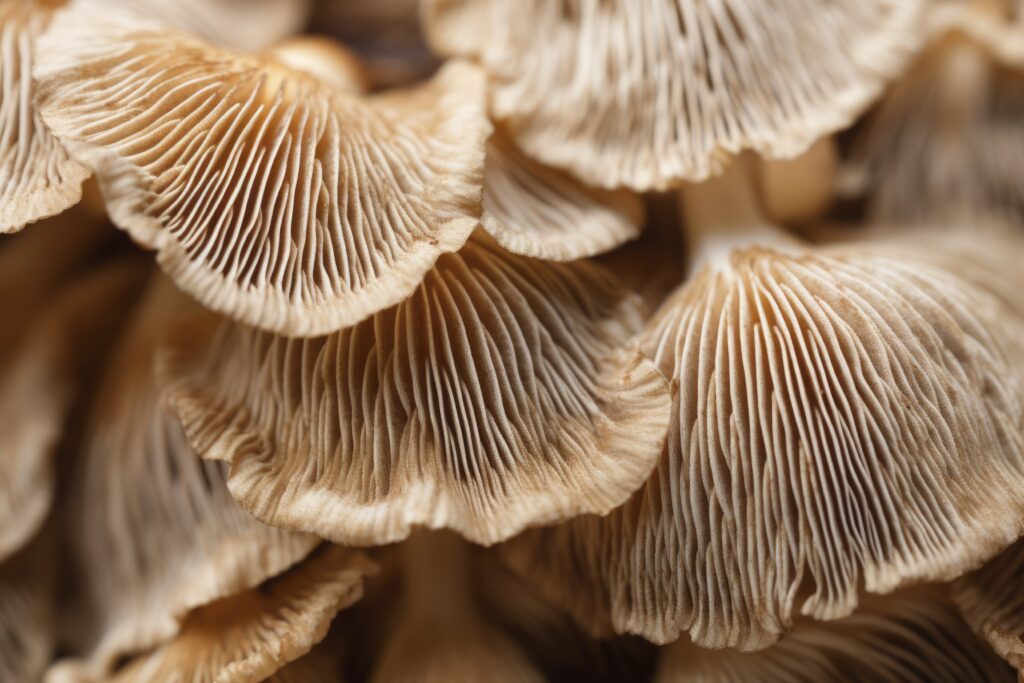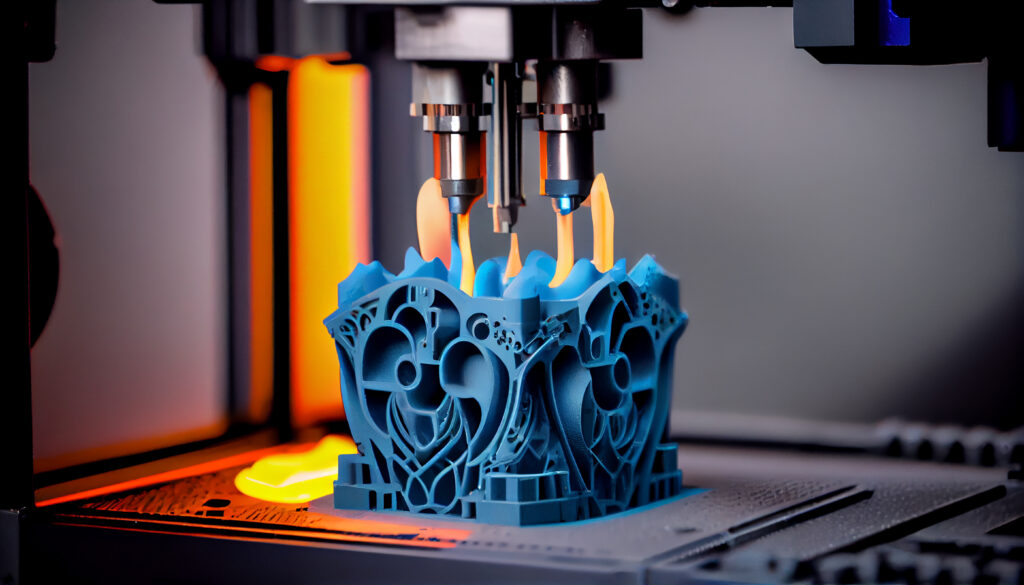The intersection of traditional crafting and Cutting Design Technology is experiencing an ecological renaissance championed by sustainable materials. With the environmental crisis at its pinnacle, the demand for eco-conscious craft designs is not just a trend; it’s an imperative transformation. This article will explore the innovative foray into sustainable materials in craft design technology and their potential to shape a more sustainable future.
Introduction
Sustainable Craft Design Technology melds age-old crafting techniques with materials that prioritize the environment, ensuring every creative endeavour leaves a positive footprint. Delving into these materials unveils an ethical alternative and an opportunity to reimagine design and functionality.
Mushroom Leather: The Fungus Among Us

Mushroom leather emerges from the humble mycelium, proposing an earth-friendly doppelgänger to animal leather. The versatility and durability of mushroom leather allow it to transcend beyond novelty to practical, everyday use. Adidas and Hermès are notable for developing mushroom leather products, heralding style and sustainability.
Advantages and Challenges
- Biodegradable: Post-use, mushroom leather can return to the ecosystem without detriment.
- Low Resource Intensity: Requires significantly less water and land than traditional leather.
- Scalability Hurdles: Scaling up production while maintaining environmental integrity remains a challenge.
Recycled Ocean Plastic: Turning the Tide on Waste
From the ocean’s depths to a crafter’s hands, recycled ocean plastic has become a medium of change. Initiatives like Parley for the Oceans contribute to cleaner seas and fuel the creation of objects d’art and functional craft items that tell a story of transformation and hope.
Environmental and Social Impact
- Marine Conservation: Cleans up oceans and saves marine life from plastic ingestion and entanglement.
- Community Engagement: Involving coastal communities in collection efforts promotes social entrepreneurship.
Plant-Based Textiles: Growing a Greener Wardrobe
Infographic: Comparing Cotton, Hemp, and Bamboo Sustainability Metrics
Veering from synthetic materials, the craft industry is replacing a new leaf with plant-based textiles. Hemp, bamboo, and organic cotton are soaring in popularity thanks to their renewable nature and reduced carbon footprint during production. Fashion brands like Patagonia advocate and utilize these textiles, steering the apparel industry towards an eco-friendly future.
Applications in Crafting and Design
- Fashion: Clothing lines utilizing organic fibres are making sustainability ‘wearable’.
- Home Decor: Cushions, curtains, and upholstery are getting the green treatment with plant-based textiles.
Biodegradable 3D Printing Filaments: Printing a Sustainable Future

Video: The 3D Printing Process with Biodegradable Filaments
3D printing technology meets eco-innovation with biodegradable filaments. These materials free creators from the constraints of traditional manufacturing and allow them to design intricate, personalized pieces that once were bound to a synthetic life span.
Future Developments and Challenges
- Cost-Effectiveness: Making biodegradable options competitive with conventional filaments is crucial.
- Material Integrity: Continued innovation is necessary to ensure these filaments match the strength and flexibility needed for diverse applications.
Upcycled Materials in Jewelry: Turning Trash into Treasure
Before & After Photo: Upcycled Jewelry Made from Industrial Waste
The gleam of sustainability shines bright in the world of jewellery making. Visionary crafters reinterpret waste material as sophisticated adornments, defying the disposable culture. Brands like Alighieri harness the allure of upcycled materials to keep their collections as thoughtful as they are beautiful.
Market Trends and Opportunities
- Consumer Demand: The allure of unique, story-rich jewellery shapes purchasing patterns.
- Design Innovation: Freedom to experiment with materials leads to unprecedented aesthetics and techniques.
Conclusion
The path to a sustainable future in craft design is paved with innovative materials and the creativity of those who wield them. The craft world spearheads a movement brimming with promise and opportunity by prioritizing environmental consciousness in every stitch, cut, and print.
It’s an exciting time for eco-conscious crafters, design technologists, and sustainable innovators who are on the frontlines of this evolving landscape. We invite you to take inspiration from these advancements and contribute to a greener planet through crafting endeavours. The future of craft design technology is not only sustainable—it’s already being woven, moulded, and printed into our lives.




